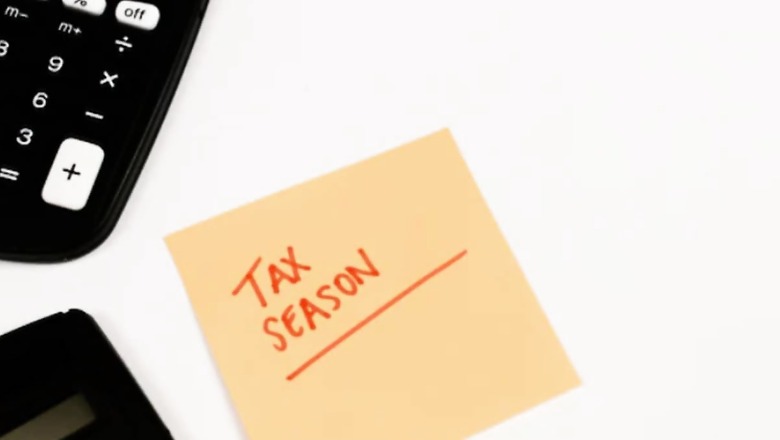
views
TDS stands for Tax Deducted at Source. It’s a mechanism implemented by the government to collect income tax right at the time the income is generated, instead of waiting for the taxpayer to file their return.
The purpose of TDS is to ensure a regular flow of tax revenue to the government and prevent tax evasion. The TDS deducted is credited to the payee’s income tax account and can be claimed against their final tax liability while filing the income tax return.
Also Read: Form 16 vs Form 26AS: Before ITR Filing Here’s What You Need To Know
Form 26AS acts as a consolidated statement that links TDS deducted at source to your income tax information.
Part A of Form 26AS captures details of all TDS deducted from your income throughout the financial year. This includes information like:
- The deductee’s name (payer who deducted TDS)
- Their TAN (Tax Deduction and Collection Account Number)
- The amount of TDS deducted from various income sources (salary, interest, etc.)
- The date on which the TDS was deposited to the government
Verification and Filing: By comparing the TDS information in form 26AS with your TDS certificates (form 16 for salaried individuals and form 16A for non-salaried individuals), you can verify if the deducted TDS has been deposited correctly by the deductor.
Discrepancies In Actual TDS and TDS Credit As Per Form 26AS
Everyone who deducts tax at source must provide the Income Tax Department with the details of the tax they have deducted. These details include the name and Permanent Account Number (PAN) of the deductee, the amount of tax deducted, the amount paid to the deductee, the date the TDS was credited to the government, and other relevant information.
Using the TDS details furnished by the deductor, the Income Tax Department revises the deductee’s Form 26AS.
TDS Mismatch In 26AS
Often, there can be disparities between the actual TDS amount and the TDS credit shown in Form 26AS. The TDS credit displayed in Form 26AS might be lower than the actual TDS amount. This can occur due to various reasons such as the deductor failing to furnish TDS details to the Income Tax Department, or deducting tax under an incorrect PAN, among others.
What To Do If TDS Is Not Reflected In 26AS?
According to the information available on the official website of the Income Tax Department, in such a case the deductee should approach the deductor and request them to take the necessary steps to rectify the discrepancy due to the above reasons.
The Income-tax Department updates the TDS details in Form 26AS based on details provided by the person deducting the tax (i.e., the deductor), hence, if there is any default on the part of the deductor like non -furnishing of TDS details (i.e., TDS return) to the Income-tax Department, deducting the tax in incorrect PAN, etc. then form 26AS will not reflect the actual TDS. In such a case, the taxpayer may not be able to claim the credit of the correct TDS.
Hence, the taxpayers are advised by the department to confirm the tax credit appearing in form 26AS and should reconcile the difference, if any.
If the discrepancy is due to the deductor, then they may file a TDS/TCS correction statement and correct the same.

















Comments
0 comment